
GUEST BLOGGER SNEED B. COLLARD III
Like most people, I grew up admiring mowed lawns and nicely trimmed trees. “That,” I thought, “is what a nice place should look like.” In the last few years, however, my ideas about “nice” have changed. Who taught me my new ideas? Birds.
Messy is better
If you visit any park, botanical gardens, or other open space, you won’t find the coolest, most interesting birds in the neat, manicured areas. Instead, you’ll find them in the brushy overgrown places with plenty of dead trees and rotten wood. The reason is simple. These kinds of places provide birds with the best shelter and the most food.
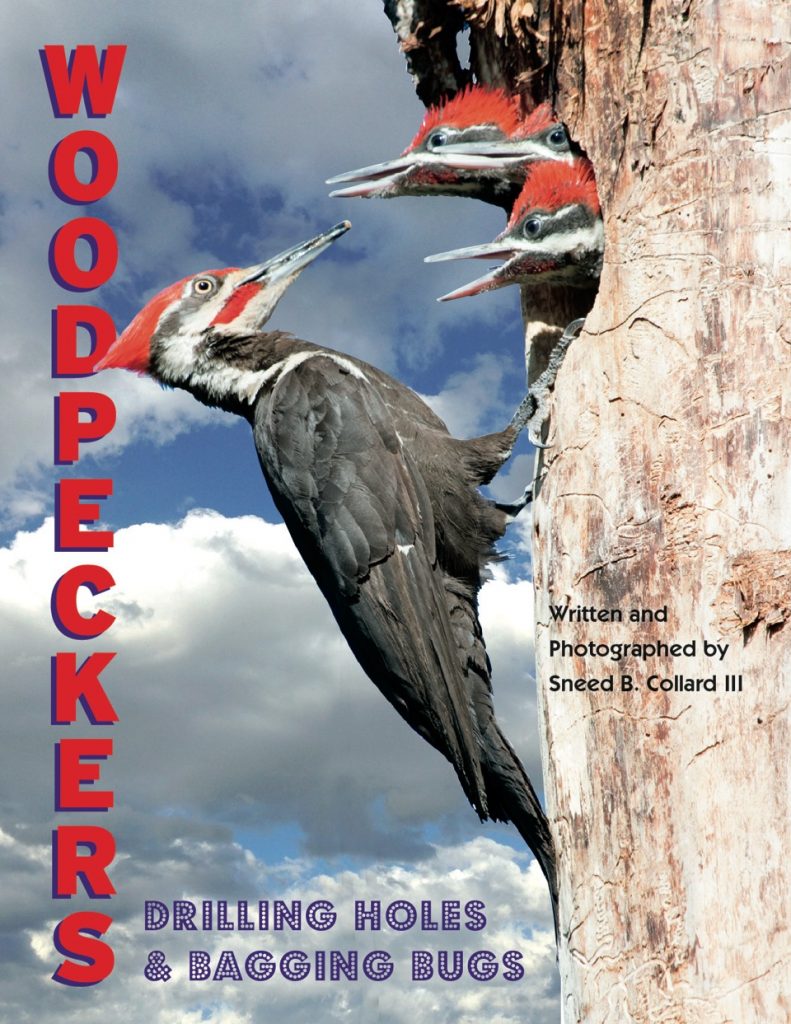
While researching my book Woodpeckers: Drilling Holes & Bagging Bugs, I learned that you rarely find woodpeckers in a place with huge lawns and neatly trimmed trees. Why? Because woodpeckers drill their own holes to live in, and most drill only into trees that have already died. Dead trees and branches also provide woodpeckers and other birds with lots of insects to eat. Many kinds of beetles, for instance, lay their eggs in dead trees. When the eggs hatch, the larvae—or grubs—provide a feast for woodpeckers!
Homebuilders
One especially great thing about woodpeckers is that they help out a lot of other birds, too. Chickadees, nuthatches, bluebirds, and many other kinds of birds are cavity nesters. They only build nests in tree holes, but they can’t drill their own holes. They must wait for a woodpecker to drill one for them. The lesson is clear: without messy landscapes, we don’t get woodpeckers, and without woodpeckers, many kinds of other animals disappear too.
Don’t believe me? Try your own fun scientific investigation.
Experiment: Learning from birds ???
Equipment: Notebook and pencil; and if you have them, binoculars and a camera.
Step 1: Walk to a nearby park, playground, or similar place that has both “neat” and “messy” areas. Find the “neatest” place you can find, such as an open lawn with neatly trimmed trees. Then sit there for ten minutes and count two things: how many total birds you see and how many different kinds of birds you see. Write your numbers down in your notebook. (Note: don’t worry if you don’t know what kind of birds you are seeing. Just write down how many different kinds you see. Be sure to use your binoculars if you brought them, and if you can, take some pictures, too.)
Step 2: Walk to the messiest part of the same area—the one with the most bushes, old untrimmed trees, and so forth. Again, spend ten minutes counting the total number of birds you see and the different kinds of birds you see.
Step 3: Compare your findings from the neat and messy areas. What did you find out? In your scientific study, did you find that birds prefer messy places to neat ones?
Don’t stop with your experiment. Look around your own school yard or home yard if you have one. Do you see more birds in messy places than in neat ones? Talk over your findings with your teachers, friends, and/or parents. Is there a part of your yard or the school yard you could let grow wild? Could you even plant some native trees or other plants that birds might be able to use in the future?
Improving the planet
That’s exactly what we did when we moved into our house fourteen years ago. We planted native trees and other plants. For the first few years, we saw a few kinds of birds, but not that many. Now, every year we are seeing new and amazing kinds of birds—birds that we would normally see only out hiking on trails in wild areas. With some effort and patience, we have turned our yard into a home not just for us, but for birds, too.
14 years ago, we began planting native plants around our house. Today, our “messy yard” provides food and shelter for an increasing number and kinds of birds! A yard full of native trees and shrubs will attract an increasing variety of birds. This year, my son and I were astonished to see a Nashville Warbler in our yard!
By noticing birds and the places they live, we can learn a lot about our world and make it a more interesting, healthier place. I warn you, though: once you start noticing these kinds of things, you will never stop. Who knows? You might even become a birder like me and my son. It’s a great way to spend time with friends and family—and learn how to help protect the planet we live on.

Sneed B. Collard III has written more than eighty-five books for all different ages. They range from science and natural history books to adventure thrillers—even an adult memoir, Warblers & Woodpeckers: A Father-Son Big Year of Birding. Besides writing for kids, Sneed is an award-winning speaker and has given presentations and workshops at more than 600 schools during his career. To learn more about Sneed, his books, and author presentations and writing workshops, check out his website www.sneedbcollardiii.com. Also be sure to watch Sneed’s videos on his YouTube Channel, https://www.youtube.com/channel/UC0ZcdtTRoiWoYSlFryAu7rg and follow him on Twitter at @SneedCollard. If you want to see how exciting birding can be, check out the birding of adventures of Sneed and his son on their blog fathersonbirding.com.


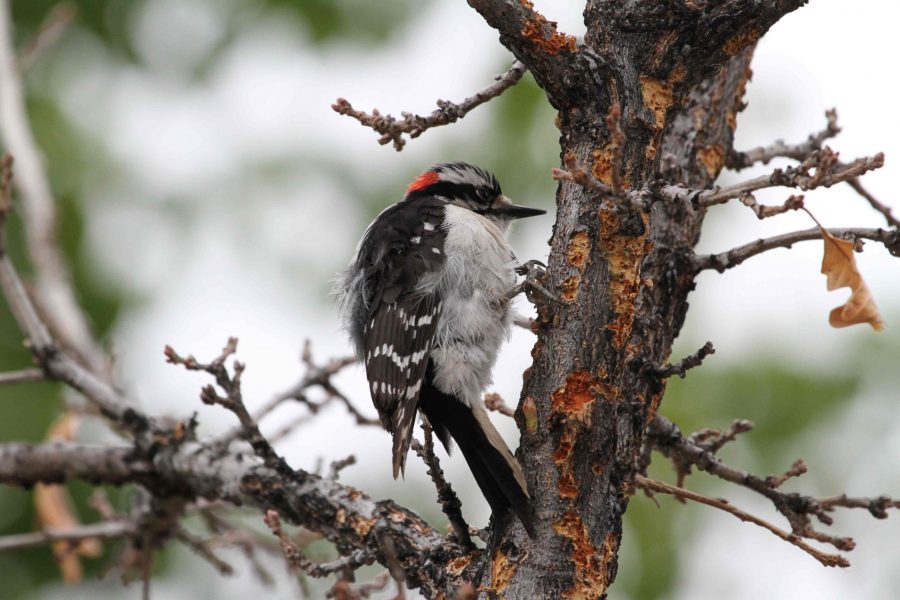
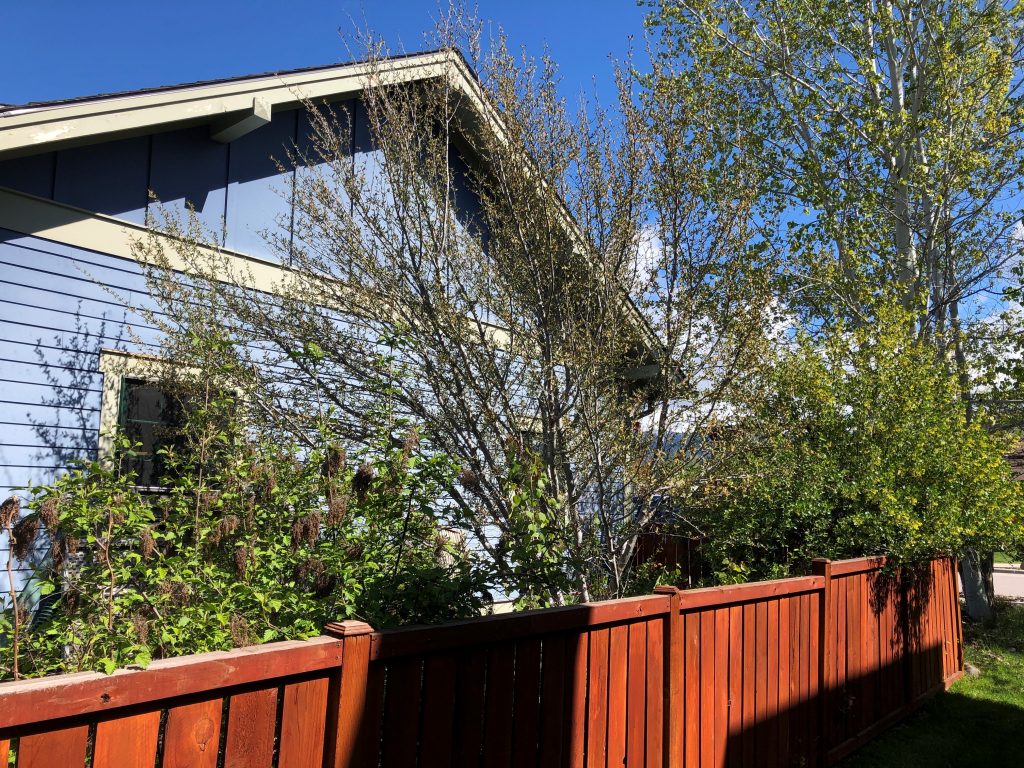
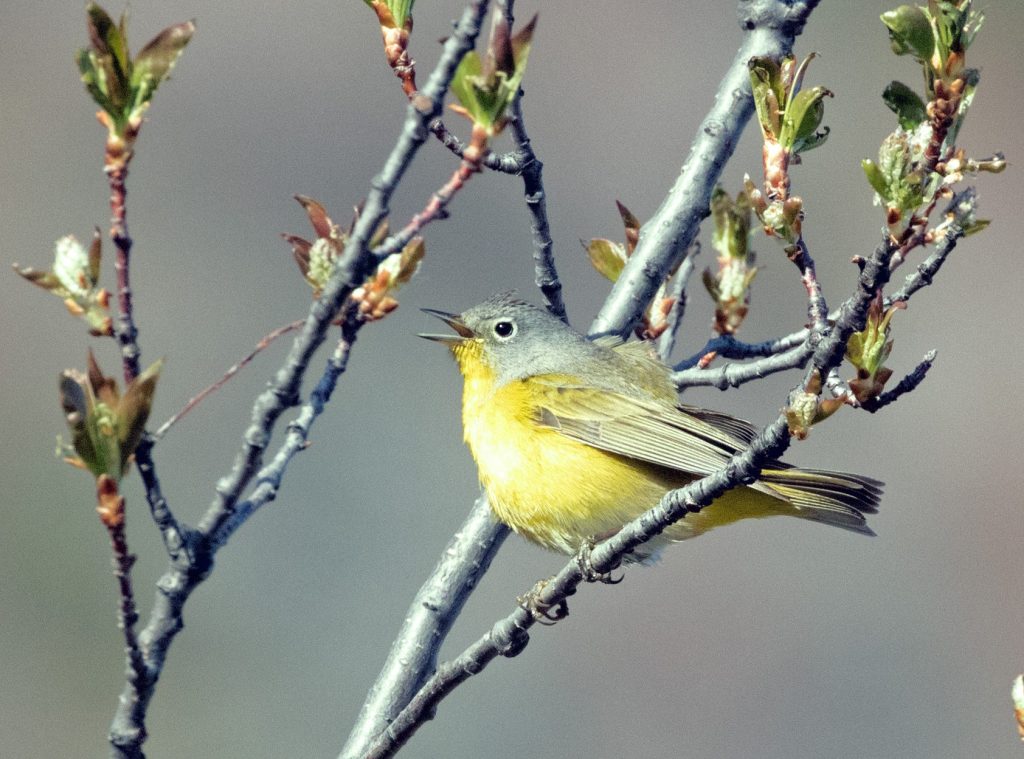
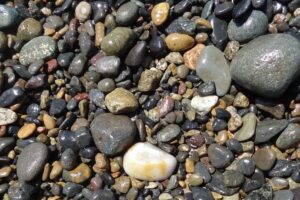
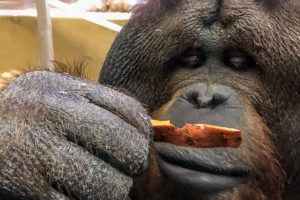
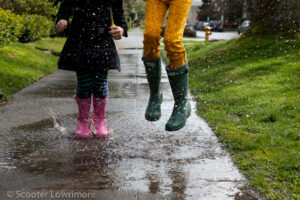


Leave a Reply
Your email is safe with me.